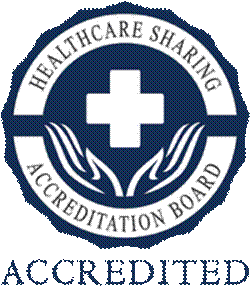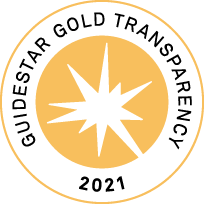Understanding the signs and symptoms of a heart attack or stroke can be crucial in saving lives. Both conditions require immediate medical attention, and early intervention can significantly improve outcomes. We're here to help you recognize the warning signs of heart attacks and strokes, so you can act quickly and effectively in an emergency.
How to Recognize the Signs of a Heart Attack
A heart attack, or myocardial infarction, occurs when the blood flow to a part of the heart is blocked for a long enough time to cause damage or death to the heart muscle. Being able to recognize the early signs of a heart attack or stroke can truly be a lifesaver. In these critical moments, every second counts, and knowing the warning signs can mean the difference between life and death.

Common Symptoms of a Heart Attack:
A heart attack occurs when the blood flow to a part of the heart is blocked, usually by a blood clot. This interruption in blood flow can cause damage to or destroy part of the heart muscle. Recognizing the signs of a heart attack and seeking immediate medical attention can significantly improve the chances of recovery and reduce the risk of severe complications. Below are the most common signs and symptoms of a heart attack, but it is important to note that not all heart attacks present the same way - when in doubt, go to your local emergency hospital.
Chest Pain and Discomfort:
Chest discomfort is a common heart attack symptom, typically felt in the center of the chest, lasting more than a few minutes or coming and going. It may feel like pressure, squeezing, fullness, or pain.
Upper Body Discomfort:
Upper body discomfort includes pain in one or both arms, the back, neck, jaw, or stomach. These symptoms are significant indicators of a heart attack.
Shortness of Breath:
Shortness of breath can occur with or without chest discomfort. It may be sudden and severe or develop gradually.
Cold Sweat:
Breaking out in a cold sweat is another potential sign of a heart attack. This symptom can appear suddenly and may be accompanied by other indicators.
Nausea:
Nausea is a common symptom that can occur during a heart attack. It may be mistaken for other less serious conditions but should be taken seriously, especially if combined with other symptoms.
Lightheadedness:
Feeling lightheaded or dizzy can also be a sign of a heart attack. This symptom may come on suddenly and be accompanied by other signs of a heart attack.
What to Do If You Suspect a Heart Attack:
Call 911 Immediately: Don’t wait more than five minutes to call for help. Immediate medical attention is crucial.
Chew and Swallow an Aspirin: If you’re not allergic to aspirin and have no other contraindications, it can help to take one aspirin while waiting for emergency responders.
Begin CPR if Necessary: If the person is unconscious and not breathing, begin CPR and continue until medical professionals arrive.
Different Heart Attack Symptoms For Men and Women
Just like men, women often have chest pain or discomfort during a heart attack. However, women might also have other symptoms that aren't as commonly linked to heart attacks. These can include shortness of breath, nausea or vomiting, and pain in the back or jaw.
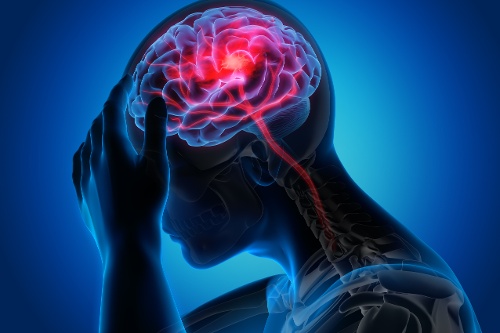
Recognizing the Signs of a Stroke
A stroke occurs when the blood supply to part of the brain is interrupted or reduced, preventing brain tissue from getting oxygen and nutrients. Brain cells begin to die in minutes, so recognizing the signs of a stroke and getting treatment quickly can make a significant difference in the outcome.
Sudden Numbness or Weakness:
Sudden numbness or weakness, particularly on one side of the body, is a common symptom of a stroke. This can affect the face, arm, or leg.
Sudden Confusion:
Sudden confusion is another sign of a stroke, manifesting as trouble speaking or understanding speech.
Sudden Trouble Seeing:
A stroke can cause sudden trouble seeing in one or both eyes.
Sudden Trouble Walking:
Sudden trouble walking, including dizziness, loss of balance, or lack of coordination, is a common symptom of a stroke.
Sudden Severe Headache:
A sudden severe headache with no known cause can also indicate a stroke.
Symptoms Vary Between Men and Women
Similar to a Heart Attack, stroke symptoms can vary between men and women. While some symptoms are common to both, such as sudden numbness or weakness in the face, arm, or leg, confusion, trouble speaking or understanding speech, and difficulty seeing or walking, women may experience additional or different symptoms. Women might have unique symptoms like sudden face and limb pain, sudden hiccups, sudden nausea, sudden general weakness, sudden chest pain, sudden shortness of breath, and sudden palpitations. These differences can sometimes lead to misdiagnosis or delayed treatment. Therefore, it is essential to be aware of these gender-specific symptoms to ensure timely and accurate medical care.
Remember The FAST Acronym:
To quickly remember the signs of a stroke, use the acronym FAST:
Face drooping: Ask the person to smile. Does one side of the face droop?Arm weakness: Ask the person to raise both arms. Does one arm drift downward?
Speech difficulty: Ask the person to repeat a simple sentence. Are the words slurred or hard to understand?
Time to call 911: If any of these signs are present, even if they go away, call 911 immediately.
Importance of Immediate Action
In both heart attacks and strokes, time is of the essence. Immediate medical treatment can minimize damage to the heart and brain and improve the chances of survival and recovery.
Preventive Measures For Heart Attacks and Strokes:
While recognizing the signs is crucial, preventing heart attacks and strokes through healthy lifestyle changes is equally important. Here are some preventive measures:
Maintaining a healthy diet is essential. Focus on incorporating plenty of fruits, vegetables, whole grains, and lean proteins into your meals. Regular exercise is also crucial; aim for at least 150 minutes of moderate aerobic activity or 75 minutes of vigorous activity each week. If you smoke, quitting is one of the best steps you can take, as smoking significantly increases the risk of heart disease and stroke.
Managing stress is another important factor, as chronic stress can contribute to these conditions. Finding healthy ways to cope, such as through exercise, meditation, or hobbies, can make a big difference. Finally, regular check-ups are vital. Routine health screenings for blood pressure, cholesterol levels, and diabetes can help detect and manage risk factors early.
Being aware of the signs of a heart attack or stroke is crucial for protecting our health and the health of those we love. As Christians, we are called to care for our bodies as temples of the Holy Spirit (1 Corinthians 6:19-20). Recognizing these symptoms and seeking prompt medical attention can make a life-saving difference.

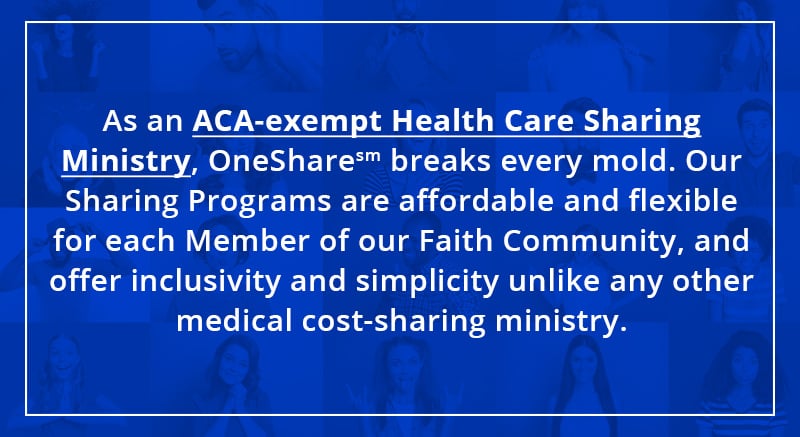
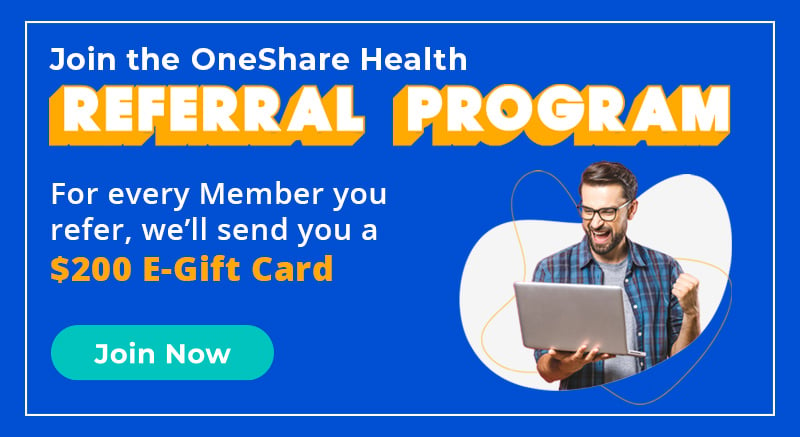
.png)
-1.png)




